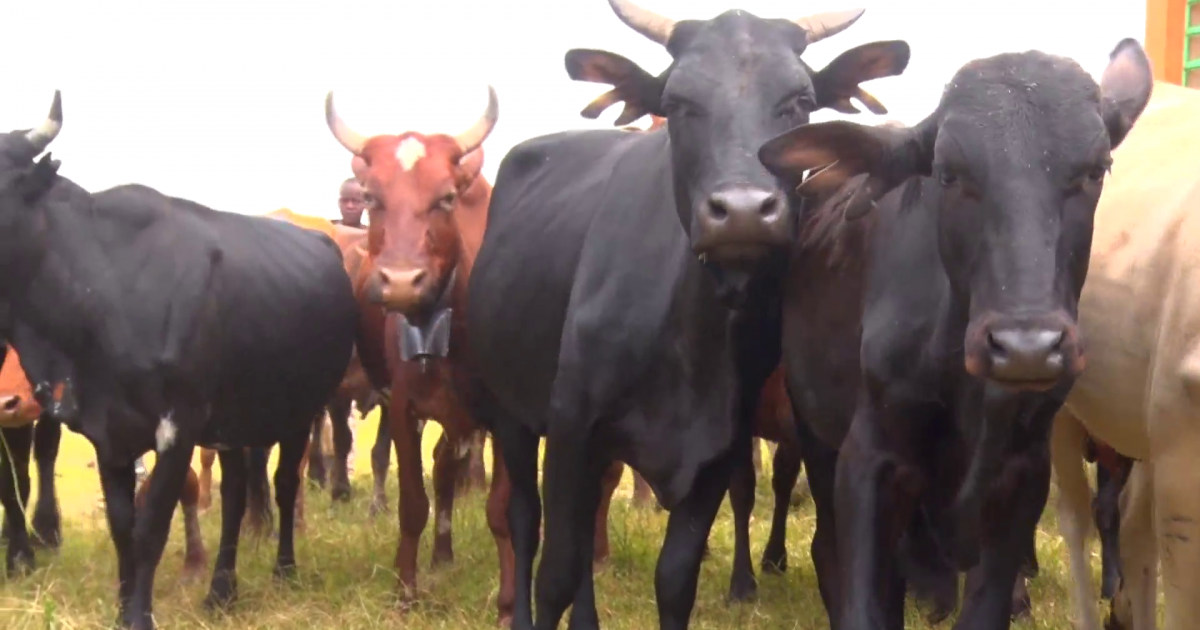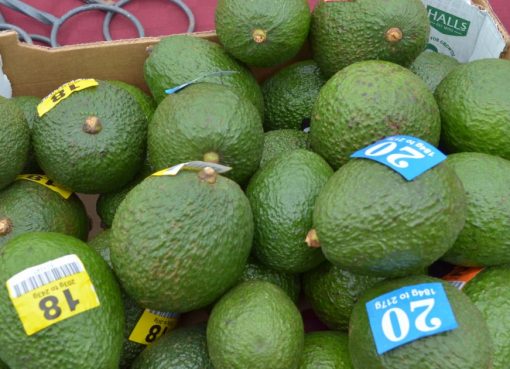In a proactive move to combat cattle theft and enhance disease control, more than 30,000 cattle in the Marakwet East Sub County are set to undergo electronic branding starting Wednesday.
This innovation aims to revolutionize the way cattle is identified, monitored, and safeguarded, with the integration of cutting-edge technology into livestock management.
Teams of specially trained veterinary officers have been equipped with the skills to administer electric boluses, a form of electronic identification, to the cattle.
These electronic chips, also known as boluses, will contain a comprehensive set of information about each animal, including its name, colour, breed, gender, owner’s details, location, county, country, and age.
This comprehensive database will serve as an invaluable tool for tracking and managing cattle, fostering better disease control measures, and enabling more efficient responses to theft.
According to the Sub-county Veterinary Officer Dr. Benson Kilimo, the electronic branding initiative will first prioritize the border areas that are particularly susceptible to cattle theft.
Dr. Kilimo emphasized that this technological advancement is not intended to replace the traditional method of branding using hot iron, but rather to complement it.
The combination of both electronic boluses and physical branding will create a multi-layered system of identification and traceability.
As part of an initial pilot project, approximately 15,000 animals located in high-risk zones will be targeted for electronic branding.
The primary objective of this project is to bolster disease control efforts, thereby enhancing the quality of meat and animal products in the export market.
The implementation of disease-free zones will ensure that only livestock meeting the stringent quality standards are eligible for export, subsequently boosting the local economy.
In the unfortunate event of cattle theft, the data stored within the electronic chips will be swiftly synchronized with a central data bank and this information will be instrumental in tracking and recovering stolen animals.
For regions particularly susceptible to cattle rustling, more advanced tracking chips will be integrated, providing law enforcement agencies with powerful tools to apprehend thieves and ensure the safe return of stolen livestock.
Dr. Kilimo further highlighted the potential economic impact of this initiative. By establishing disease-free zones, the region could tap into the lucrative export market for meat and animal products as consumers abroad are increasingly demanding products that meet stringent health and safety standards, and the electronic branding system facilitates the traceability required to ensure compliance with these standards.
As the electronic branding initiative commences, stakeholders remain optimistic about its potential benefits. The convergence of technology, veterinary expertise, and traditional practices is poised to create a robust system that addresses cattle theft, disease control, and economic growth simultaneously.
This innovative step marks a significant leap forward in livestock management practices, setting a precedent for other regions to adopt similar measures in their pursuit of sustainable agriculture and enhanced livestock security.
By Rennish Okong’o





